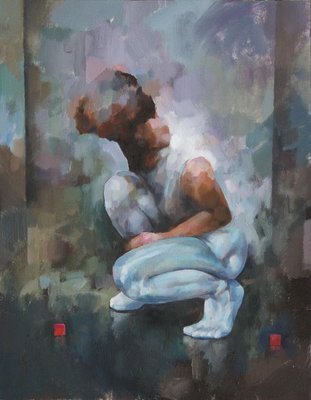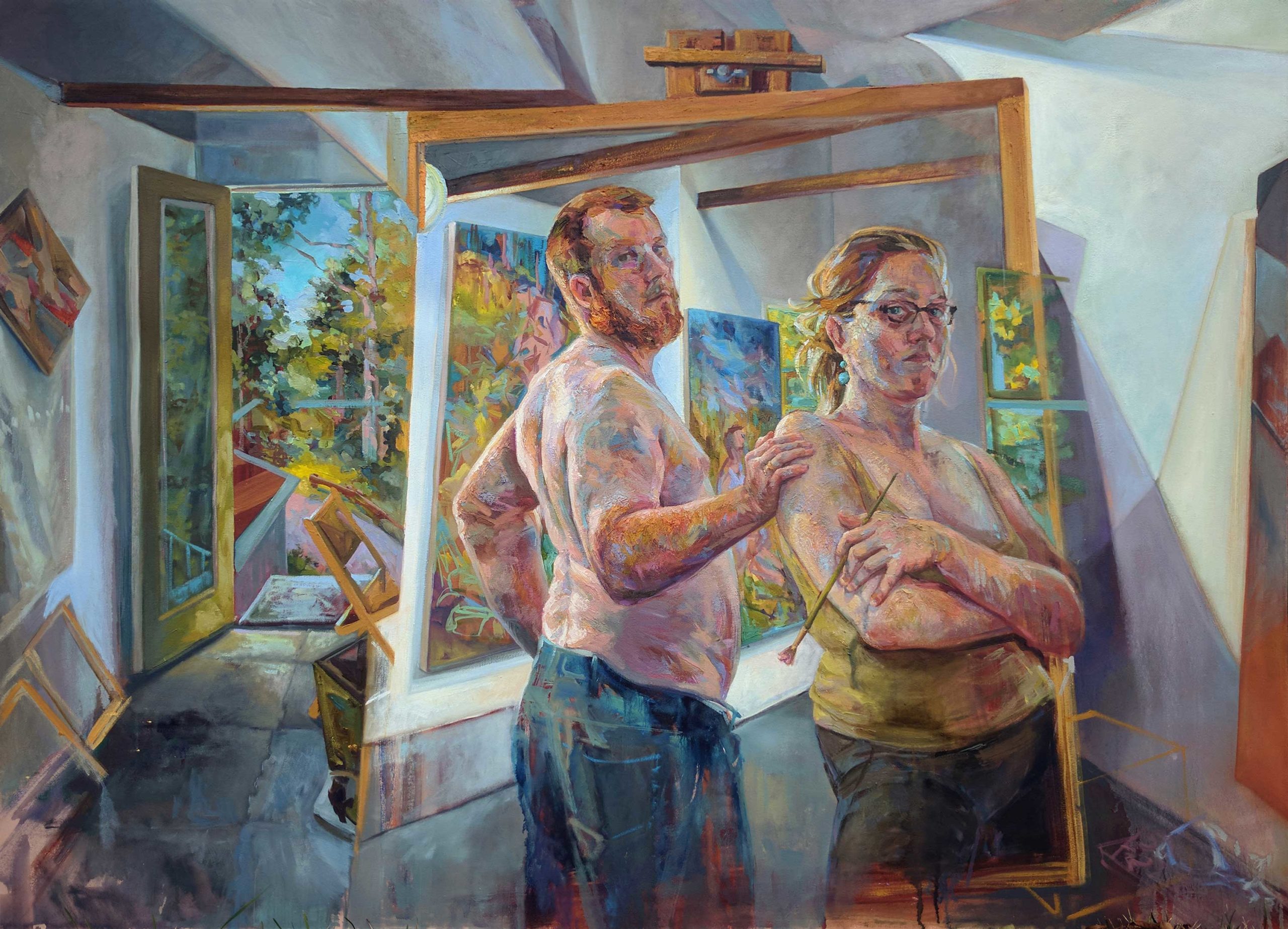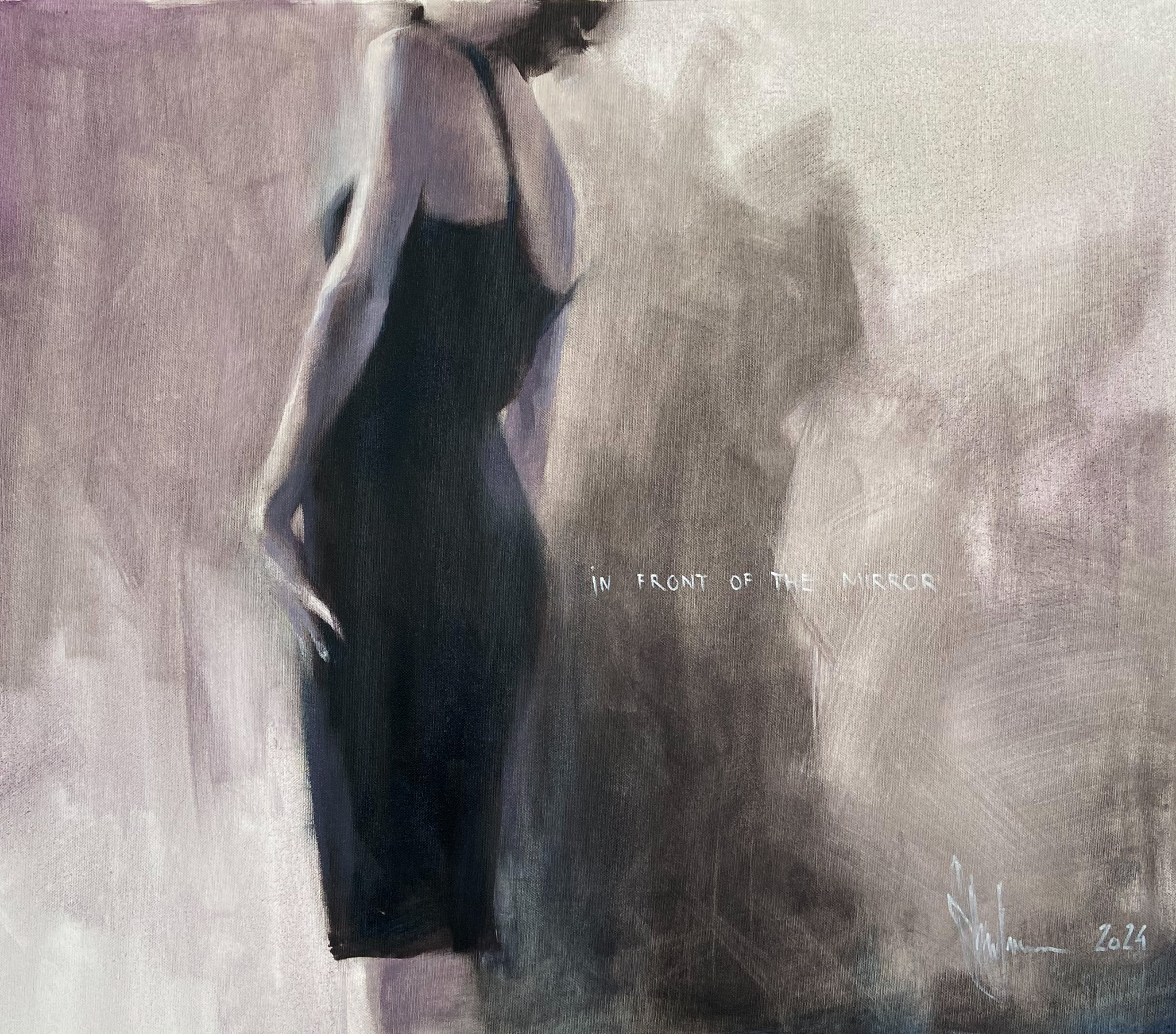Checking out the Depths of Feeling with Figurative Oil Painting Techniques
Checking out the Depths of Feeling with Figurative Oil Painting Techniques
Blog Article
Understanding the Art of Metaphorical Oil Painting: Necessary Tips and Techniques for Aspiring Artists
Figurative oil paint stands for a complicated junction of strategy and interpretation, demanding a comprehensive understanding of human anatomy, structure, and shade theory. An expedition of shade harmony and appearance techniques can considerably boost the visual influence of their work.

Recognizing Human Anatomy
Comprehending human composition is basic for any kind of musician striving to grasp figurative oil painting. A detailed grasp of the human form allows musicians to produce lifelike depictions that reverberate with visitors. Expertise of anatomical structures, such as muscular tissues, bones, and joints, supplies essential insight into exactly how the body relocations and positions.
Artists ought to acquaint themselves with the percentages of the human number, consisting of the connection between different body parts and exactly how these proportions vary across sexes and ages. This recognition permits exact scaling and viewpoint in their job. Furthermore, comprehending the underlying musculature improves the capability to illustrate motion and tension in a number, leading to a much more dynamic and compelling structure.
Examining anatomy also assists in recognizing subtle nuances in pose and expression, which are important for sharing feeling and story within a paint. Resources such as anatomical books, life illustration sessions, and on-line tutorials can be very useful tools for musicians looking for to deepen their anatomical expertise. Eventually, mastering human makeup not only boosts technological ability but additionally enhances a musician's innovative vision, allowing them to bring their metaphorical oil paintings to life with credibility and depth.
Relevance of Structure

Secret principles of structure consist of equilibrium, unity, and focal factors. Attaining equilibrium guarantees that no single element overwhelms the others, while unity develops a sense of harmony throughout the item. Centerpieces accentuate considerable elements of the artwork, enabling audiences to involve with the story or motif more deeply.
Additionally, the use of leading lines and the regulation of thirds can considerably enhance composition. Leading lines naturally guide the viewer's gaze via the paint, while the policy of thirds supplies a structure for putting crucial elements in a visually enticing way. By grasping structure, aspiring musicians can raise their figurative oil paintings, transforming them right into compelling aesthetic tales that resonate with their audience.
Learning Shade Theory
Shade theory serves as a basic facet of metaphorical oil paint that complements the concepts of structure. Comprehending the color wheel, which consists of key, secondary, and tertiary colors, is vital for creating unified combinations and effective aesthetic narratives.
Key principles such as tone, value, and saturation play a critical function in identifying the state of mind and effect of a paint. Artists must check out awesome and cozy colors to stimulate particular emotions; cozy shades commonly convey power and passion, while trendy shades can convey calmness and peace.
The connection in between complementary colors-- those contrary each various other on the color wheel-- can develop striking contrasts and dynamic structures. When compared, these shades boost each other's vibrancy, attracting the audience's eye and including deepness to the art work.
Additionally, understanding comparable colors enables musicians to achieve a sense of unity and comprehensibility. By selecting colors that are nearby on the wheel, one can keep a balanced ambience throughout the piece.
Inevitably, mastering color theory furnishes aiming artists with the devices essential to manipulate shade deliberately, boosting their capacity like it to convey feeling and narrative via metaphorical oil painting. figurative oil painting.
Methods for Appearance
A variety of techniques can successfully develop structure in metaphorical oil paint, including deepness and measurement to the art work. One basic approach is making use of impasto, where thick layers of paint are used to the canvas, permitting a three-dimensional quality. This technique enhances light communication, developing vibrant aesthetic passion.
An additional approach is scumbling, which entails applying a slim layer of lighter paint over a dried darker layer. This technique allows the underlying color to show with, causing a soft, distinctive result that can stimulate a sense of environment or age. Dry brushing is also vital; utilizing a dry brush with minimal paint, artists can develop great lines and delicate textures, ideal for capturing the subtleties of skin or material.
Furthermore, palette knives can be used to apply or scuff paint, creating distinct patterns and structures. Trying out various devices and materials, such as sponges or rags, can further improve the textural top quality of a painting. Ultimately, understanding these methods calls for technique and experimentation, permitting artists to discover the varied responsive top qualities that can raise their figurative jobs.
Developing Your Unique Design
A musician's special style is usually the conclusion of personal experiences, affects, and techniques developed over time. Creating this individuality in metaphorical oil painting calls for a conscious effort to discover both your psyche and the more comprehensive creative landscape. Begin by mirroring on the styles and topics that reverberate with you emotionally; your interest will certainly infuse credibility into your job.
Study numerous styles and activities, but instead than imitating, essence aspects that talk to you - figurative oil painting. Experiment with different techniques, color palettes, and make-ups, enabling yourself the freedom to play without the pressure of excellence. Keep a sketchbook or journal to record your ideas, concepts, and imaginative progress; this will certainly function as a valuable resource for recognizing persisting themes and choices
Seek useful feedback from mentors or peers, as they can offer insights that light up elements of your work you might ignore. Participate in events and workshops, submersing on your own in the art area to further fine-tune your point of view. Be patient with yourself; the trip of establishing a special style is ongoing, evolving with each brushstroke and every canvas you run into. Welcome the procedure as long as the outcome, and your unique voice will emerge.

Verdict
Understanding metaphorical oil painting necessitates a detailed understanding of human makeup, make-up, and shade concept. Welcoming these fundamental principles will considerably benefit striving artists on their innovative journey.
Figurative oil painting represents a complicated crossway of technique and analysis, demanding a complete understanding of human composition, structure, and shade theory. An exploration of color consistency and appearance strategies can substantially look at here now enhance the aesthetic influence of their job. By grasping structure, aspiring artists can raise their metaphorical oil paintings, changing them right into engaging aesthetic tales that reverberate with their audience.
Experiment with different strategies, shade combinations, and compositions, enabling yourself the freedom to play without the stress of excellence.Mastering metaphorical oil paint requires an extensive grasp of human anatomy, make-up, over here and color theory.
Report this page